A Saga of the Solar System

Heliocentric Model.
Copernicus shocked the world when he claimed that the earth, the planets, and the stars revolved around the sun. People were offended by this statement. He was able to solve the mathematical problem that revolved around the geocentric/Ptolemaic model of the solar system, and essentially laid out a base for the research in modern astronomy.
His principles made it clear that the sun is the centre of the solar system. Well, explains why we call it the solar system; and we, the earth, revolve around it. He also wrote about how the stars are stationary, and we see them changing positions because the earth is constantly moving.
The heliocentric model inspired many astronomers to continue exploring more about the sun, the planets, and the stars.
. . .
Gravitas.
We owe a lot of things to gravity. We truly do. Imagine a day when gravity decides to stop waving its magic wand. Oceans will leave their place and as soon as we wake up, our bed will crush us under our own roof. Okay, this got a bit dark. It is not just about furniture leaving their places, but also about how the entire cosmos will end up losing its rhythm.
We partly owe the heavy favour of whipping us into existence to the all-mighty gravity.
Some 4.5 billion years ago, interstellar gas and dust condensed to form a dense cloud – the precursor of what we live in today – our solar system. Again, thanks to gravity. Without its massive pull, tender Miss Dust, and the dense interstellar Mr Gas would have died virgins.
. . .
The Nebular Hypothesis.

The Nebular Hypothesis was proposed by Pierre Simon de Laplace in 1796. He stated that a dense, extremely hot gaseous cloud formed into the solar system that we see today. Eventually, the gas-cooled down and the cloud started rotating more rapidly which subsequently made the cloud flat at its poles. The nebula (that is this rapidly rotating cloud) left behind rings as it got smaller, and these rings finally condensed into planets, moons, and comets, while the rest of the nebula made up the sun. This shrinking and rapid rotation of the nebula occurred because of a combination of gravitational force and centrifugal force.
The Nebular Hypothesis was quite popular for almost a century after its proposition but later was questioned heavily because of flaws spotted in its explanation. The most important question was regarding the speed of the sun’s rotation. After mathematically figuring out the speed of sun’s rotation based on the known angular momentum of planets, it showed that the speed of sun’s rotation should be 50 times more for this theory to be real.
. . .
The Solar Nebular Disk Model.
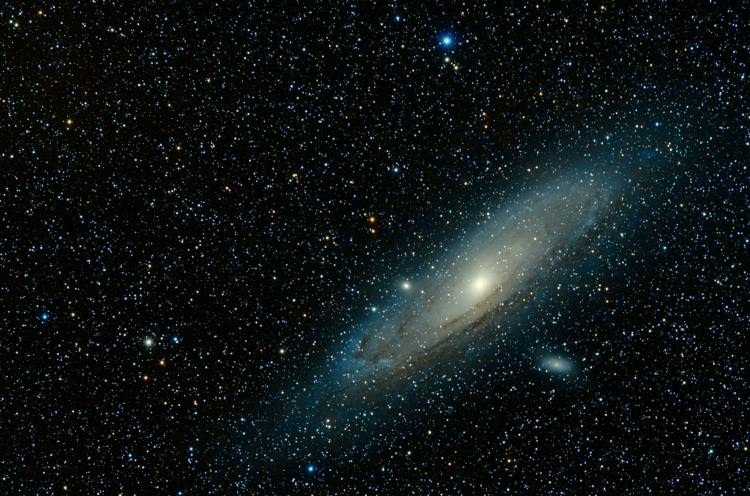
The solar system began as a condensed cloud which was made of gas and dust. This cloud eventually formed a hot core as it pulled in more material. This spiked up the temperature and pressure of the core, and that is how the sun was formed. The sun drew most of the material in. This material clumped together to form a proplanetary orbit. Most of it was constantly fusing together. Some of it was pressurized by gravity and took up a spherical shape to form different planets, dwarf planets, and moons. Some of the material combined, but could not form a spherical shape and ended up becoming an asteroid belt. While the rest of the material formed asteroids, comets, and irregular moons of varied sizes.
It is quite similar to how Aai makes laddoos. She makes nice, round laddoos and uses the rest of the mixture to make barfis out of it. And if more of it is remaining, then we are in luck. As a kid, I have made some really bizarre shaped laddoos with Aai. I think I can safely call them comets or asteroids now. Besan asteroids were undoubtedly the most favoured of all. Rava comets usually won the second prize. I liked them both.
. . .
Models At Work.
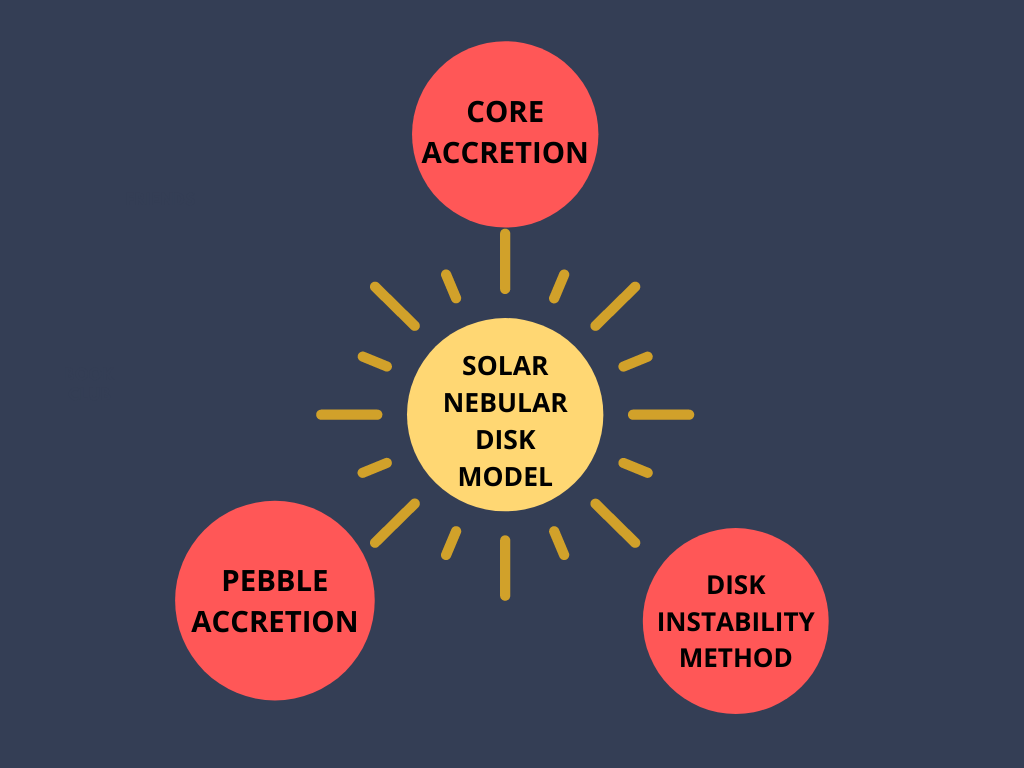
Many models have been proposed that explain the formation of the solar system. Three of them have been discussed around a lot – The Core Accretion Model, The Pebble Accretion Model and The Disk Instability Method. All these models are essentially backed up by the Solar Nebular Disk Model, and work on the same principle.
The Core Accretion Model is a widely accepted version. A rocky core forms due to coagulation of small planetesimals. The coagulating process stops once the rocky core is sufficiently massive to accrete a gaseous envelope.
The Pebble Accretion Model is the mechanism in which small pebbles accumulate into planetesimals. Here, the accumulation occurs purely by settling and depends upon the mass of the gravitating body, and not it’s the radius. For the Pebble Accretion Model to work, a massive seed of a pre-existing planetesimal is a prerequisite.
The phrase ‘One man’s trash is another man’s treasure.’ seems to fit perfectly when it comes to describing Disk Instability Model. The protoplanetary disks break due to gravitational instability. This leads to the formation of self-gravitating clumps of gas. The accumulation of such clumps of clouds subsequently entails the formation of the planet.
If you look at it closely, all the three models are a tad bit interconnected.
. . .
Stella erratica.
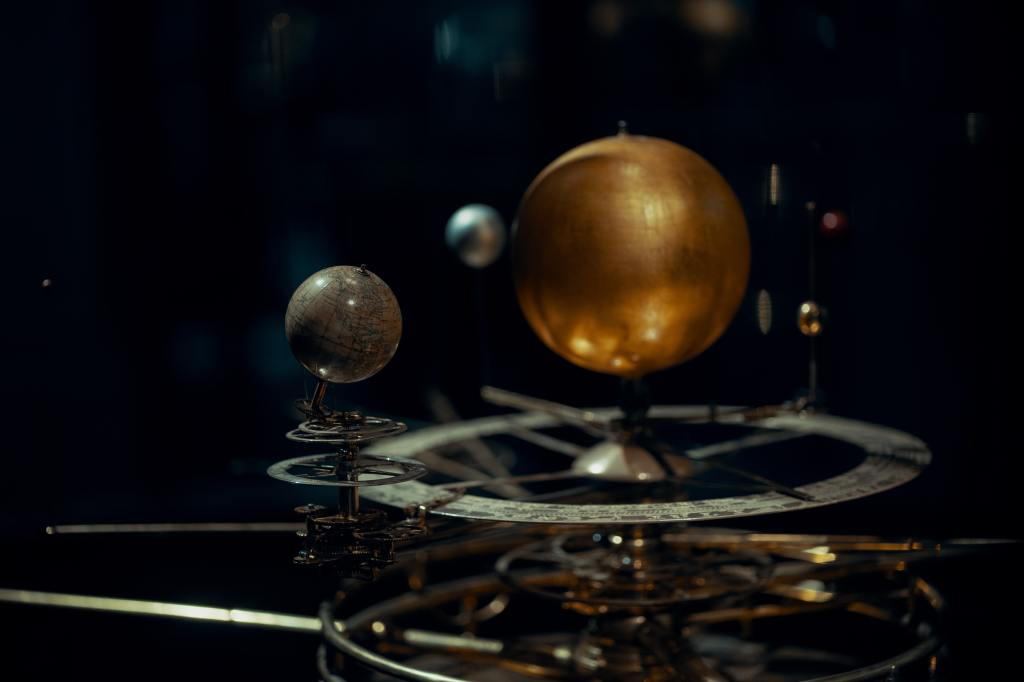
My Very Excellent Mother Just Served Us Nachos! Yes, that’s a mnemonic to remember the 8 planets (sorry, Pluto!) that revolve around the sun. Planets, for a layman, are huge celestial bodies that revolve around the sun. Well, they are much more than that.
For a celestial body to earn the title of a planet, they have to satisfy a lot of conditions. According to IAU (International Astronomical Union), a celestial body can be called a planet, only if:
- The object orbits a sun,
- The object is not a satellite (moon) of any other object,
- The object has removed debris and small objects from the area around its orbit,
- The object has optimum gravity to be round (or nearly round),
Evidently, only 8 celestial bodies were able to reach up to the mark!
Out of the 8 planets that we are currently aware of, the first 4, that is Mercury, Venus, Earth, and Mars, are terrestrial planets. The rest, that is Jupiter, Saturn, Uranus, and Neptune, are categorized as giant planets or Jovian planets. A belt of asteroids lies between these two main groups. The objects which are not able to clear the debris from the area around their orbits are demoted to the ranks of dwarf planets. Pluto is one of them, and the list also includes Ceres, Haumea, Makemake, Eris, 90377 Sedna, 2060 Chiron and many more.
. . .
Luna: “I think they think I’m a bit odd”.

Moon is a peculiar object. It has a metallic core but does not possess a global magnetic field. The formation of the moon has been stated through various hypotheses, but the popular one is the Giant Impact Hypothesis. It took place 4.5 billion years ago, that is about 30-50 million years after the solar system’s formation. Moon is a by-product of the earth. In this theory, an object as big as Mars obliquely collided into the earth. This activity ejected a lot of material which formed a disk around the earth. This disk gave rise to the moon. Honestly, the Giant Impact Hypothesis feels like a mythological story that narrates a battle, but this theory satisfies almost all the physical and chemical constraints on the moon.
The earth and the moon are bound together by a strong gravitational bond. They orbit around each other. Imagine a game of kabbadi. That is exactly how they orbit around each other. Except here, none of them gets thrown down on the floor as a result of a massive defeat. The moon has four main phases – new, first quarter, full, and last quarter. It is truly multifaceted!
Man first stepped on the moon in 1969, and the rest was history. The moon has always been an enigmatic celestial body, one which has always been heavily sought after. Believe it or not, it’s the brightest object in the sky after the sun. The moon is not only a source of inspiration for romantics but also a deciding factor to figure out the movement of tides.
Luna: So well, the sea is just as sane as I am.
. . .
Man has always been ambitious to know more about what lies above and beyond. Making spacecraft and launching satellites has become an easy game for all the leading space research institutes in the world. We discover something new every day, and thus our quest outside the pale blue dot continues.
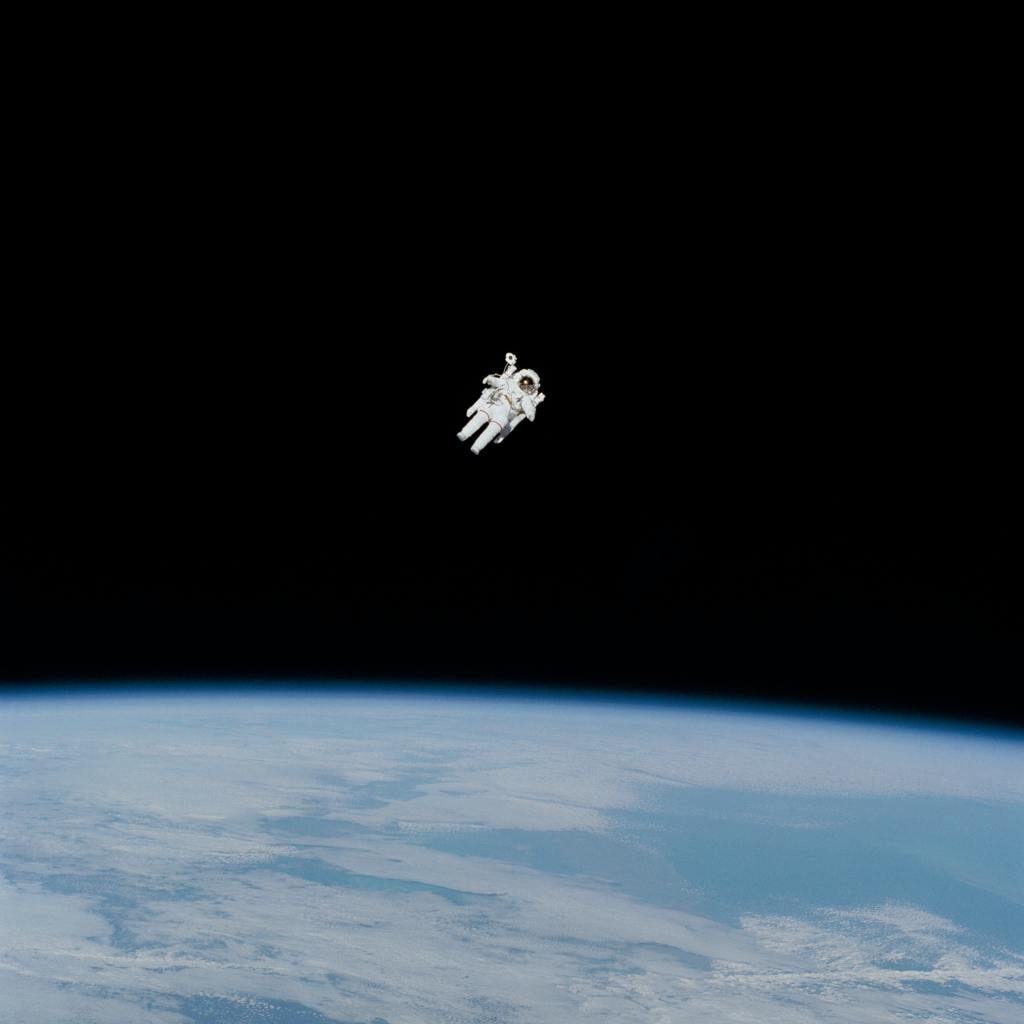
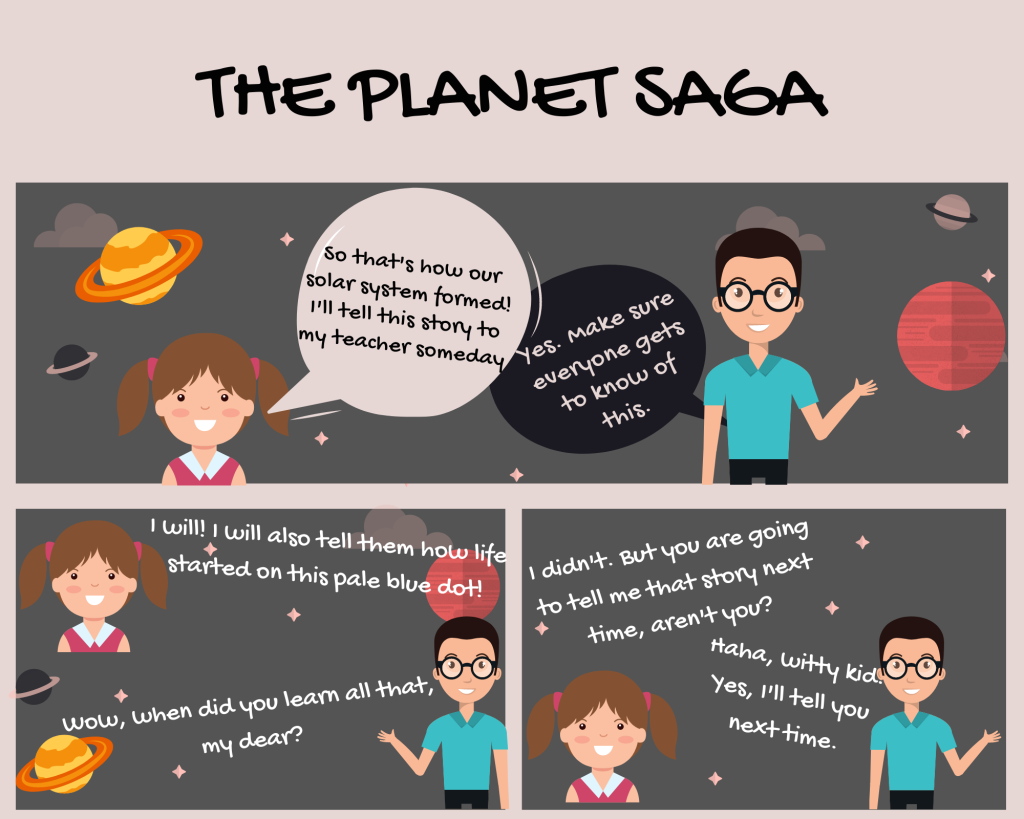
Author:

Urja Kuber
Co-Founder at The Science Paradox
Illustrator:

Anushree Krishnamurthy
Co-Founder at The Science Paradox

